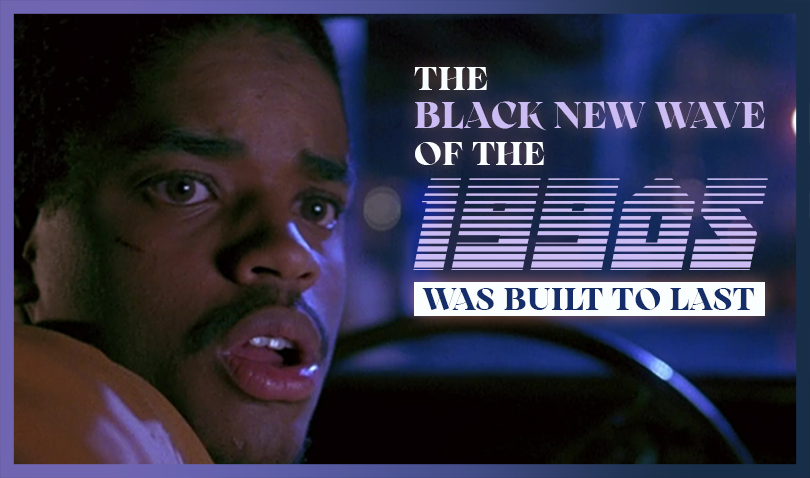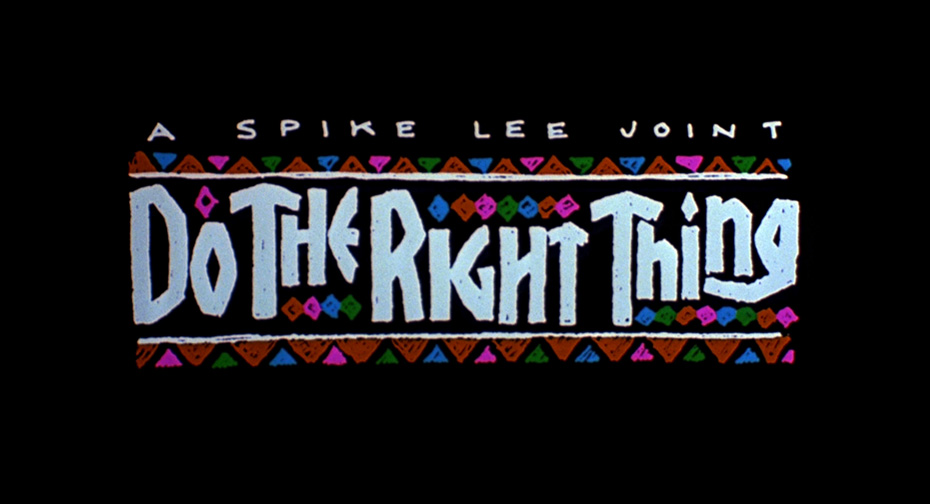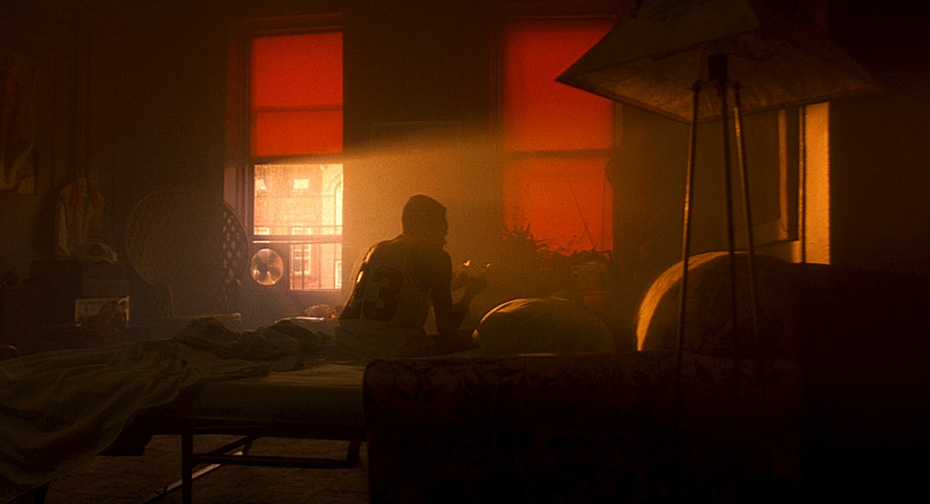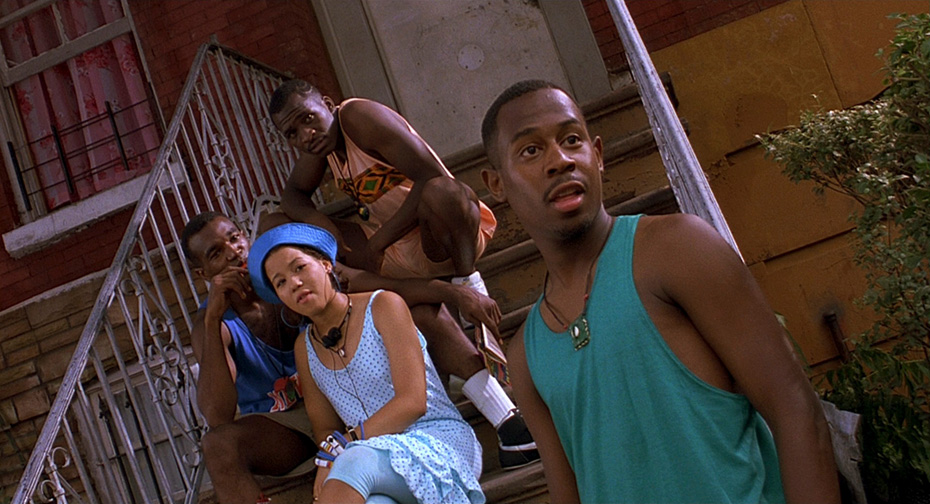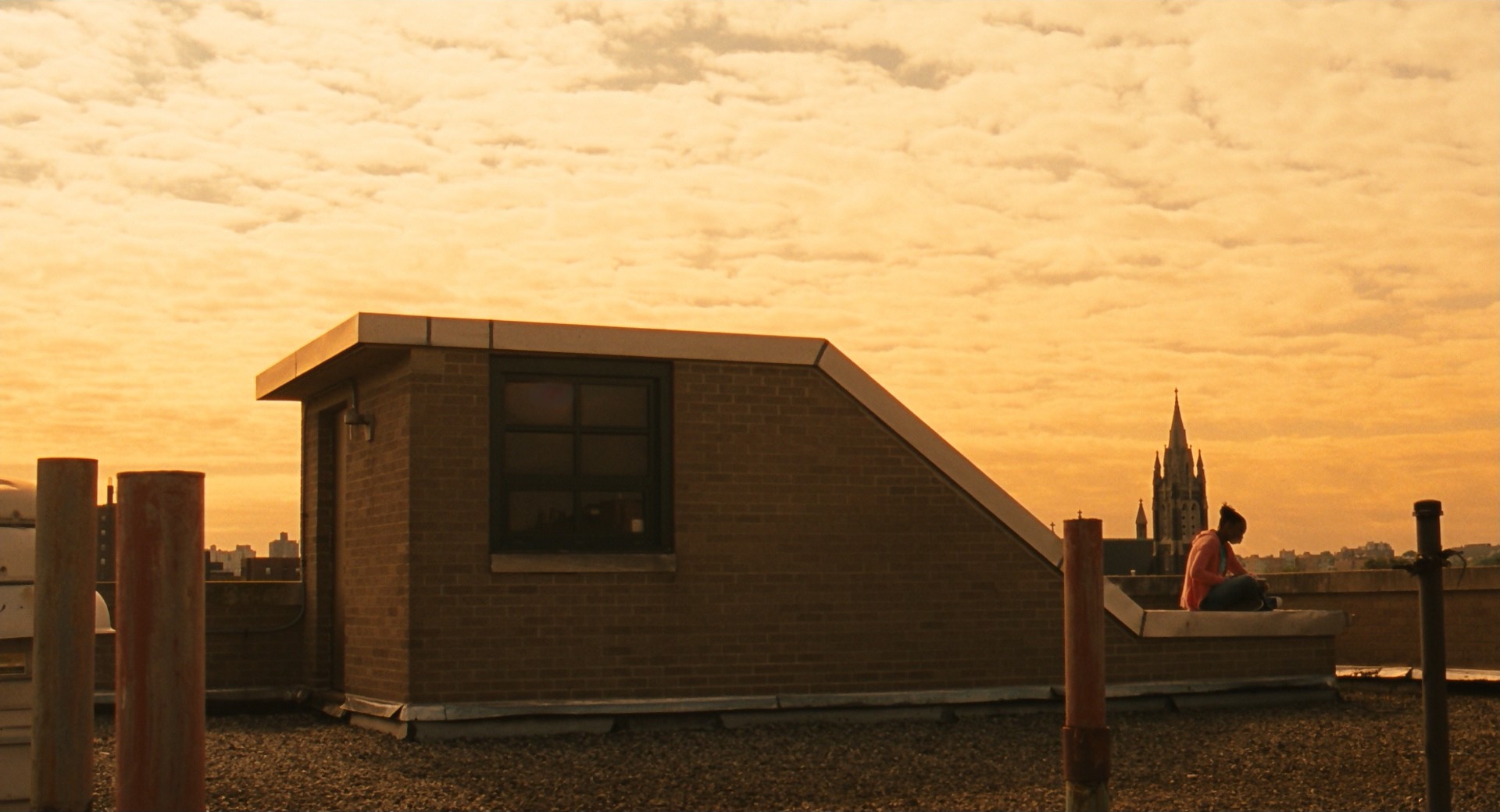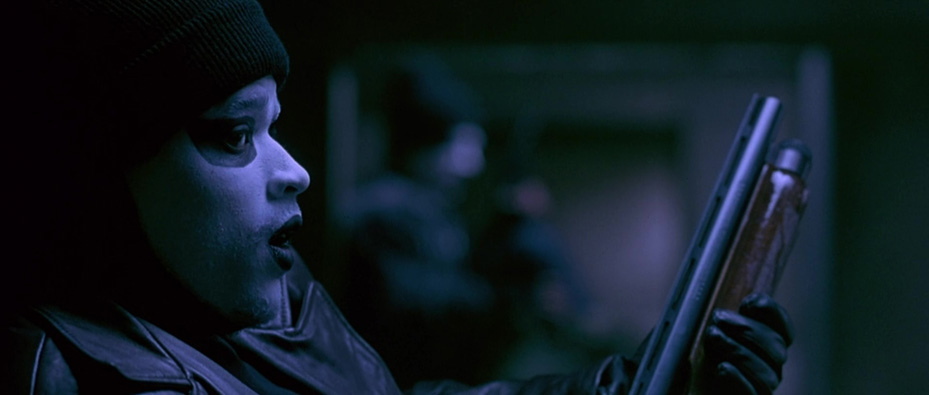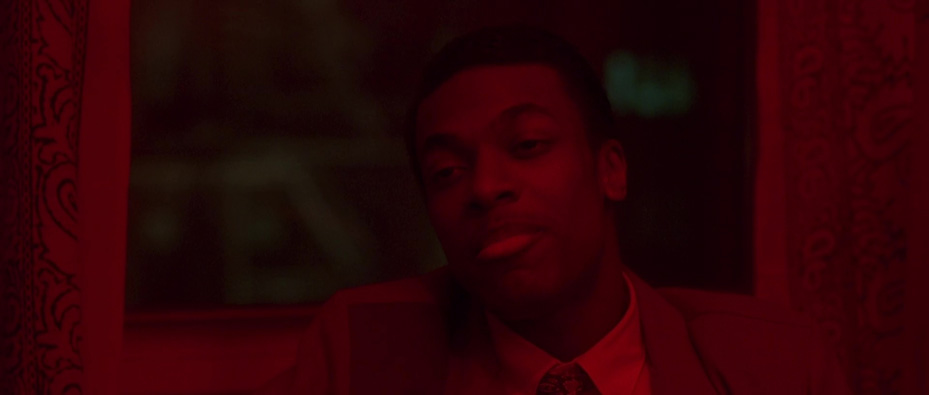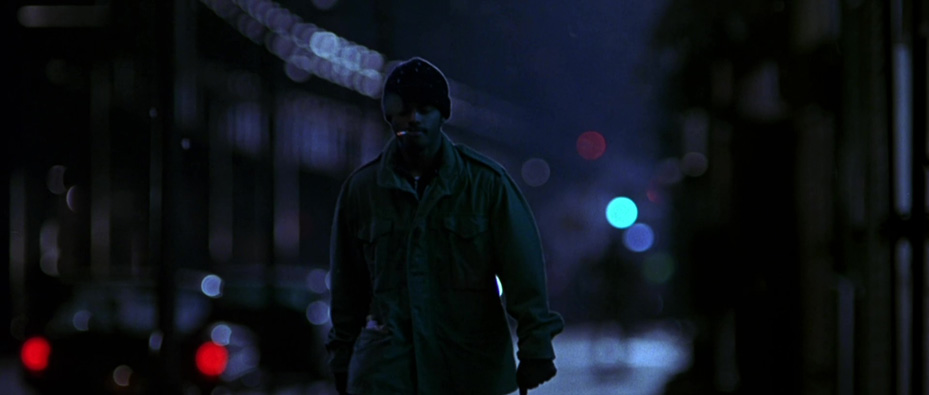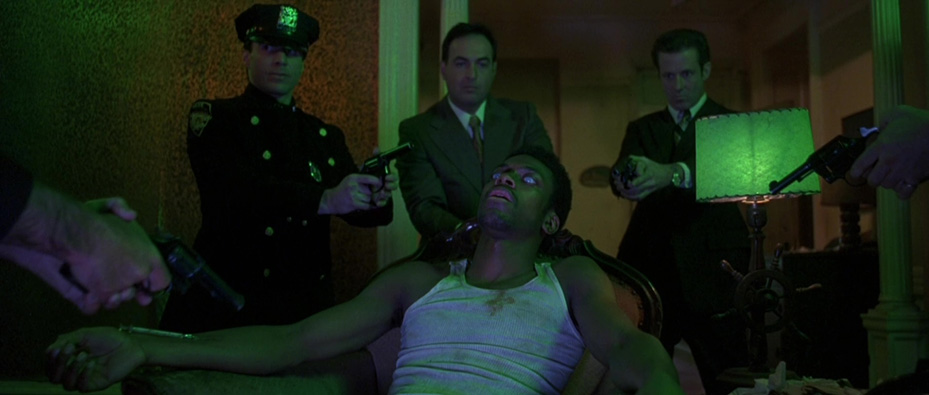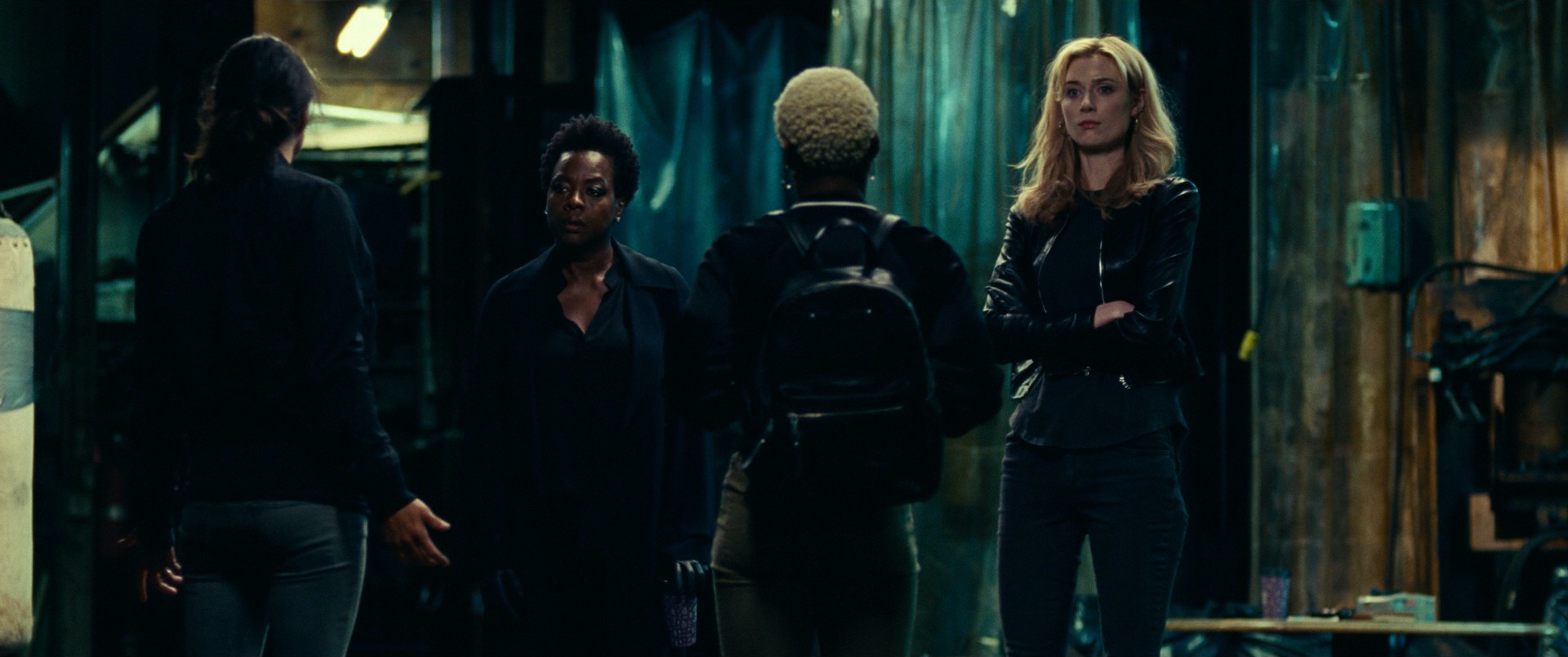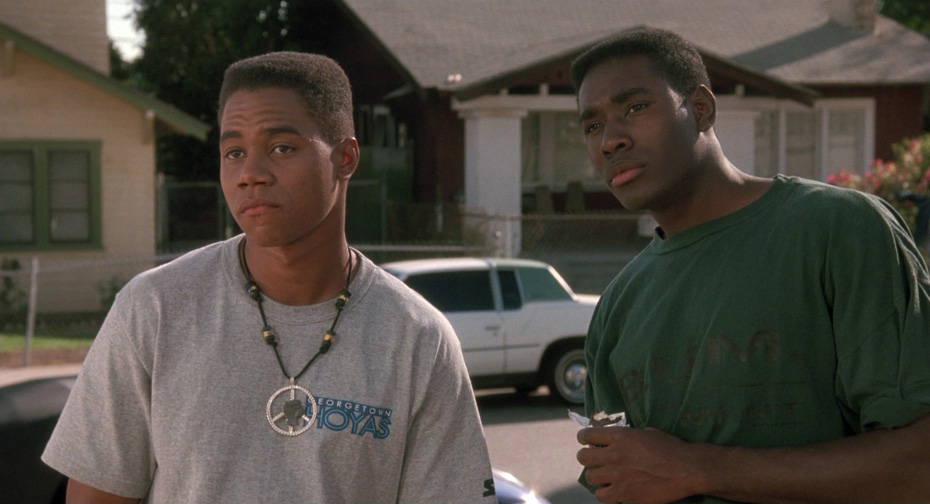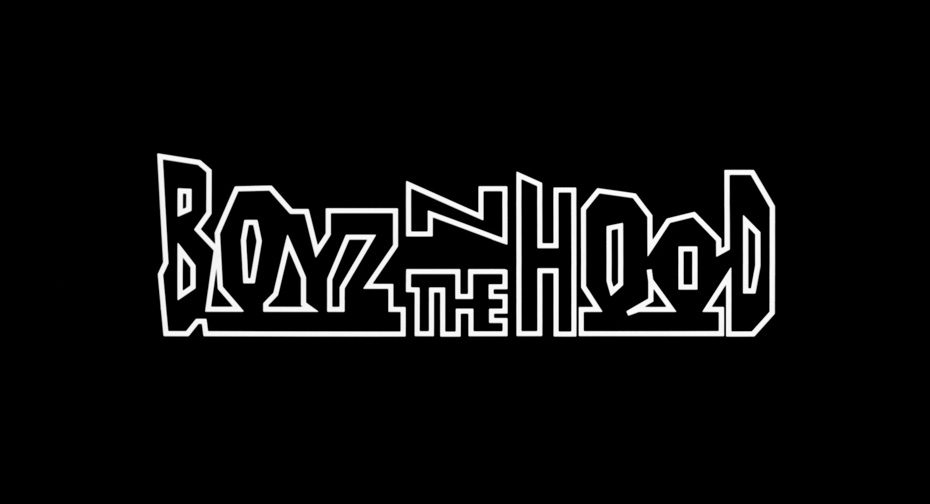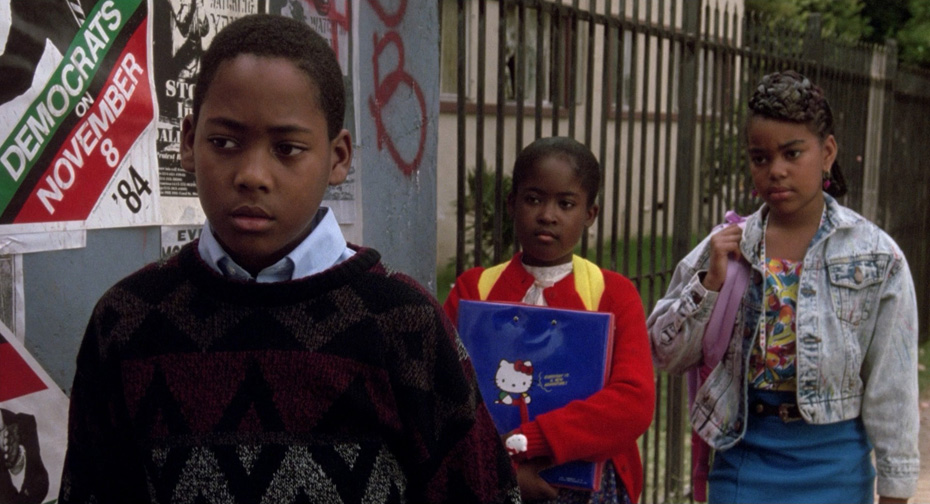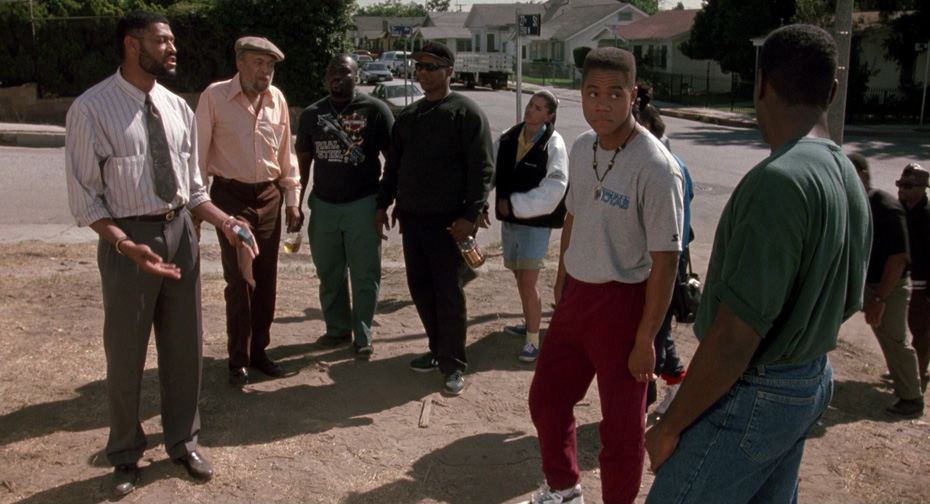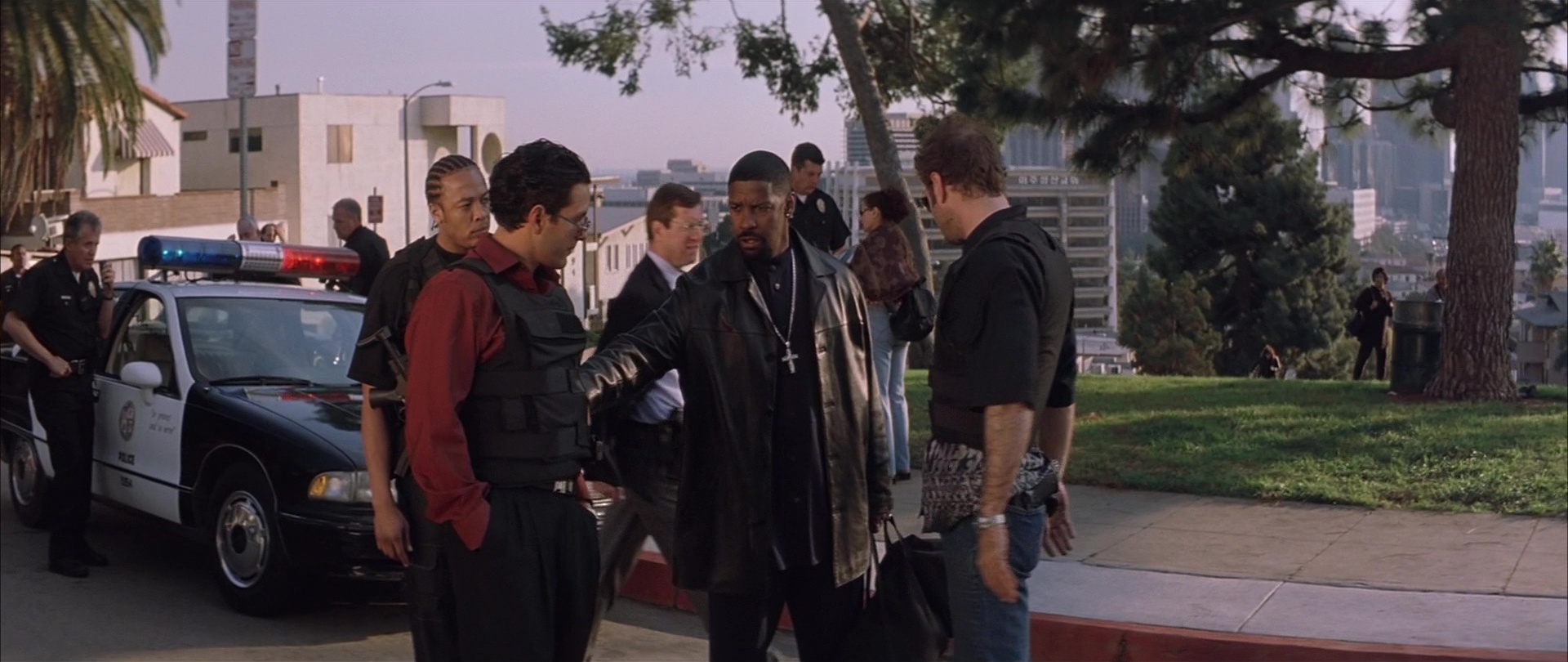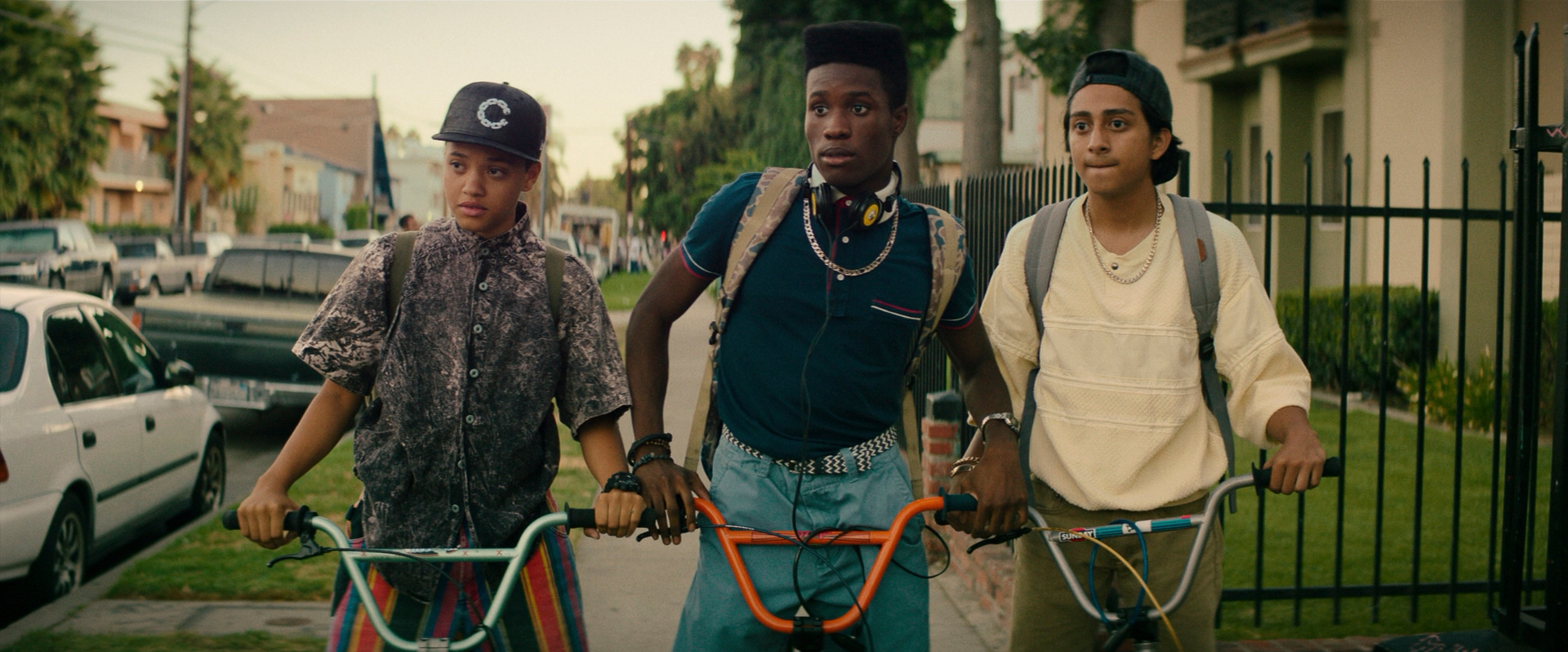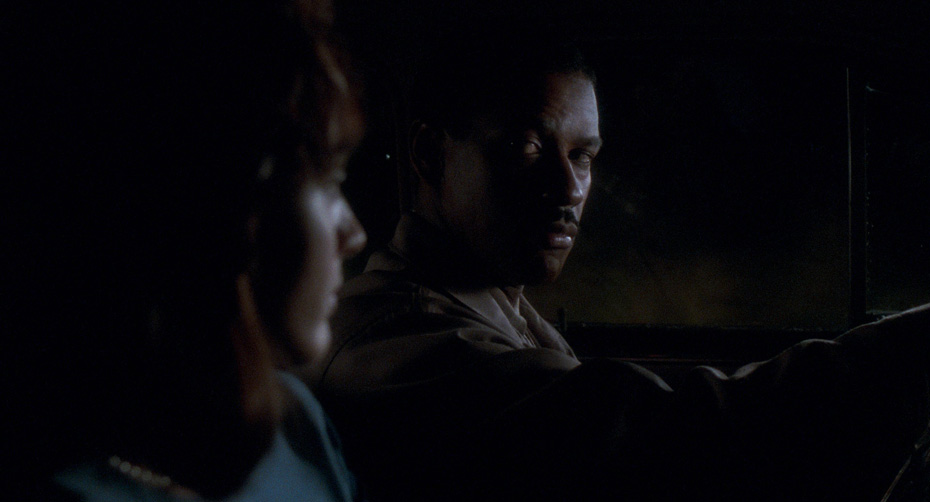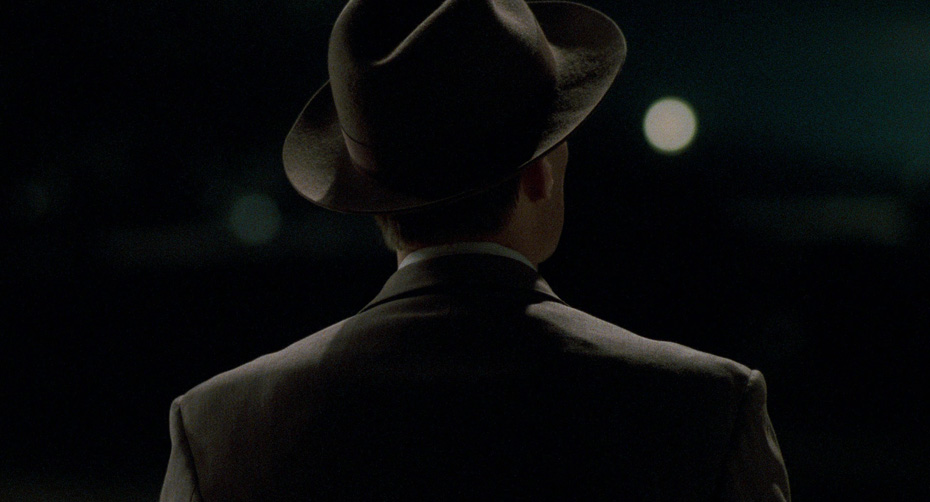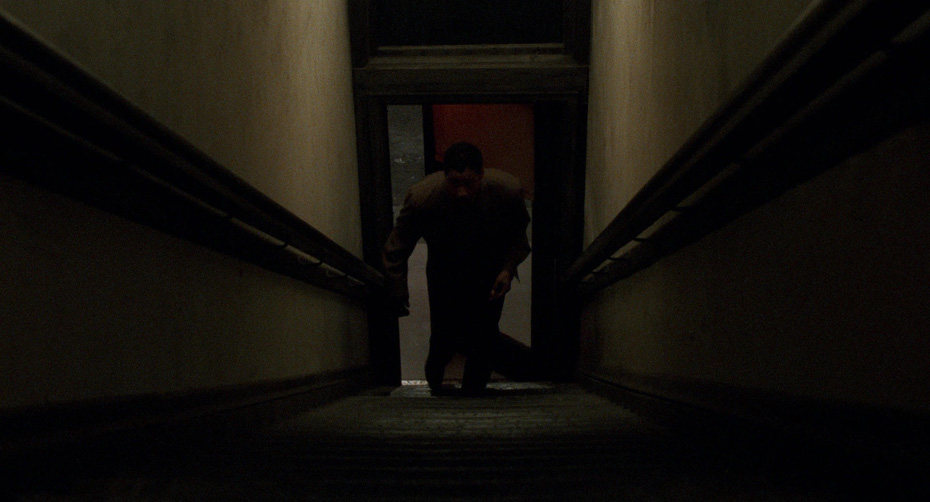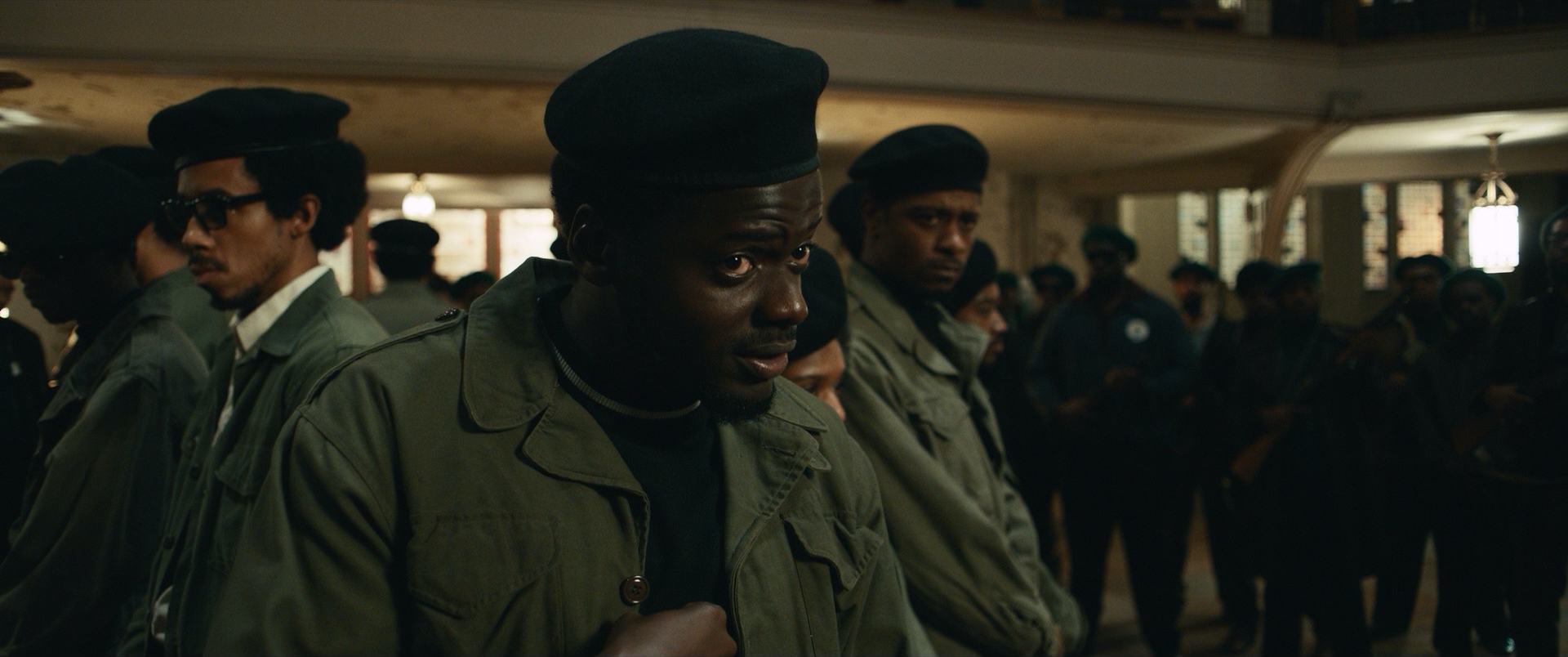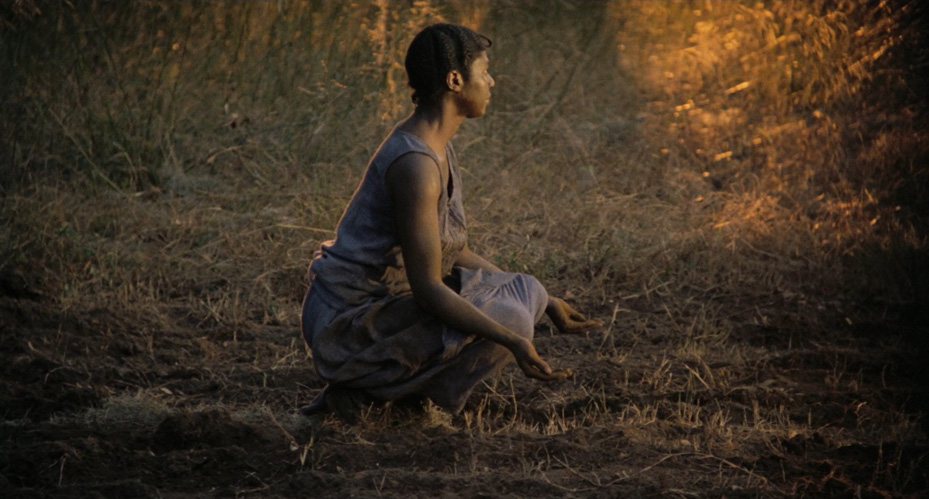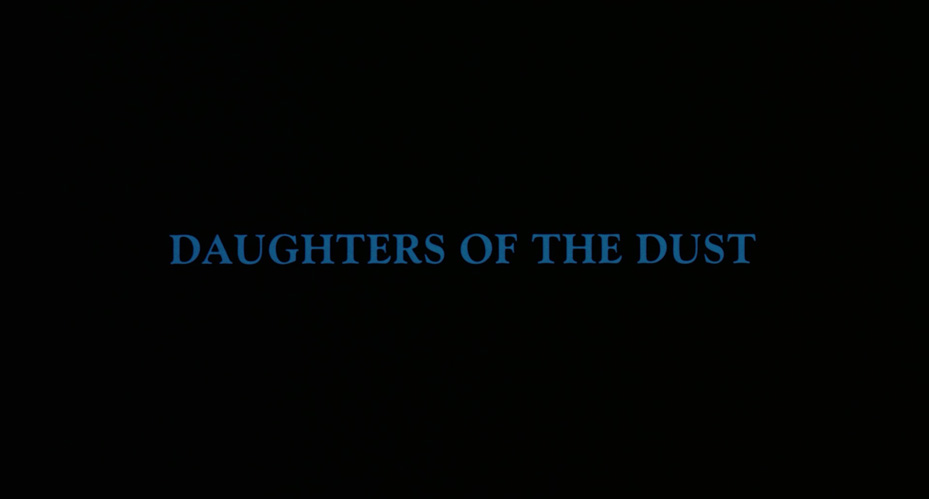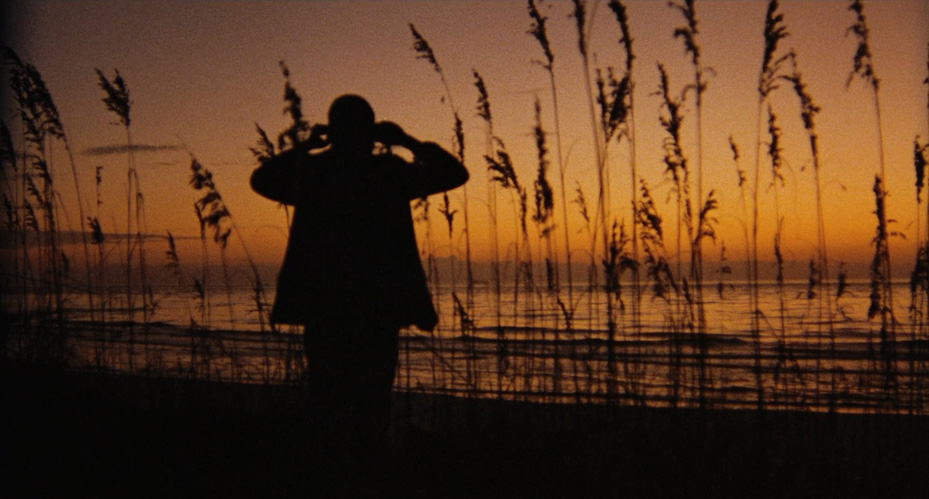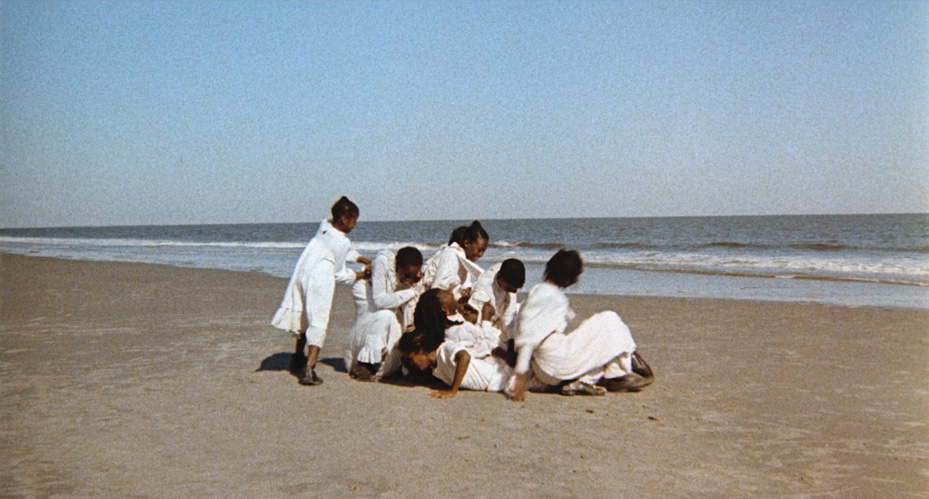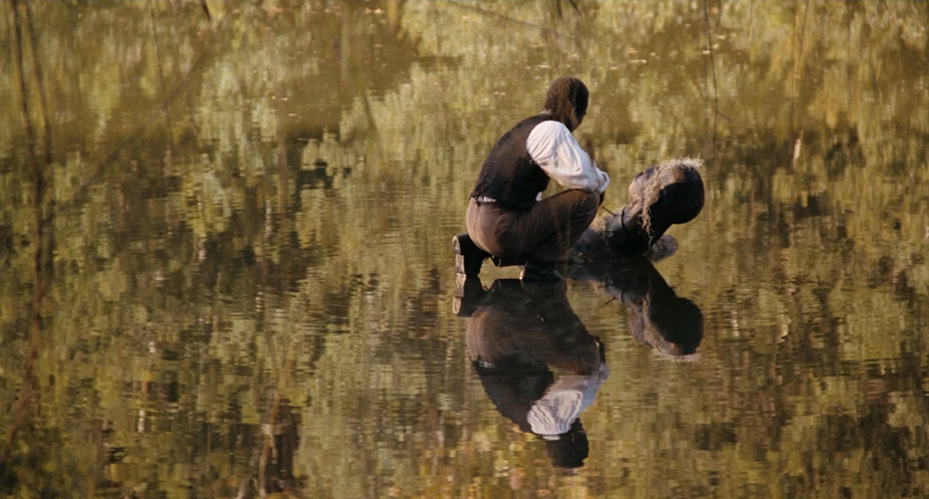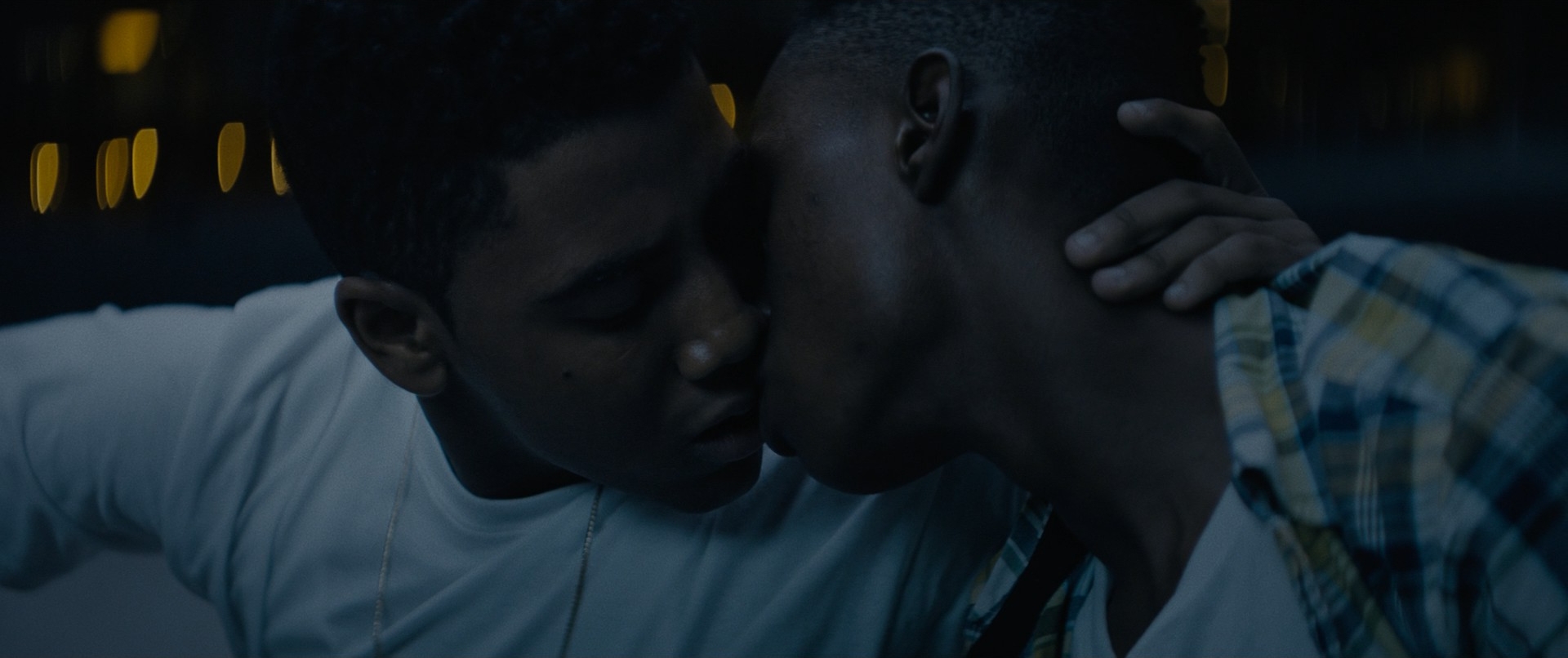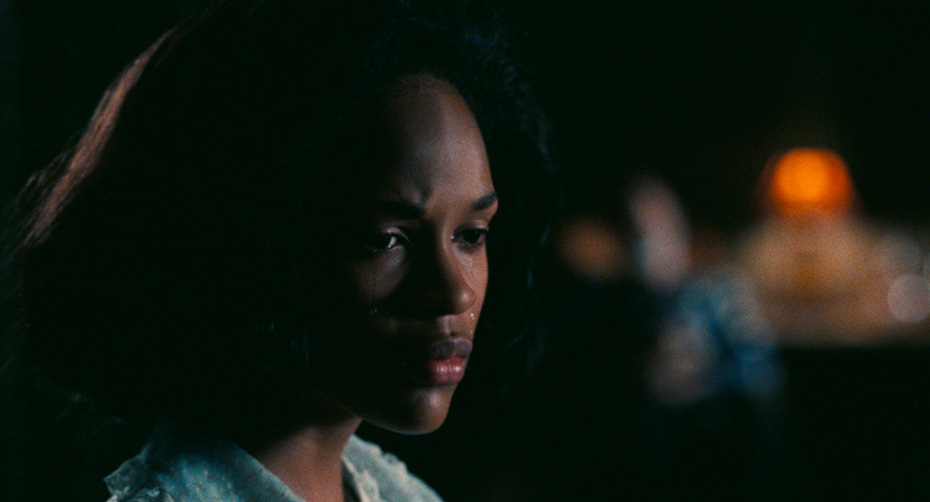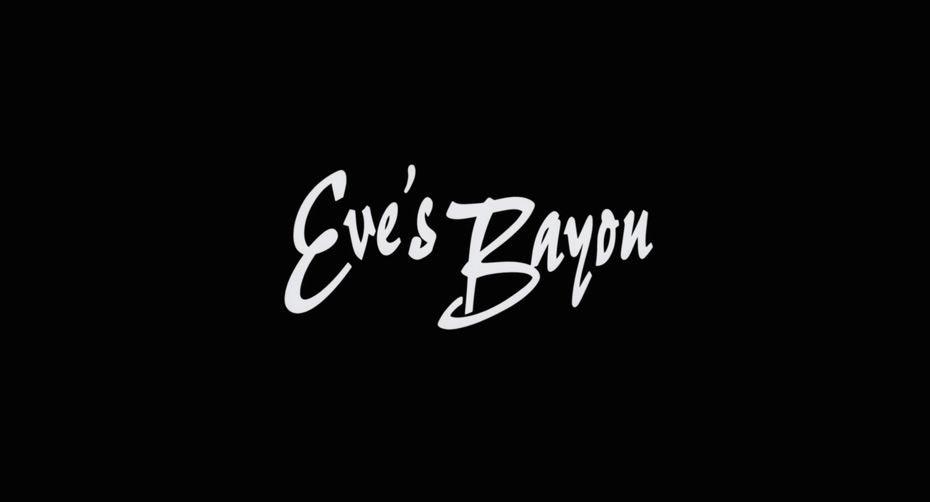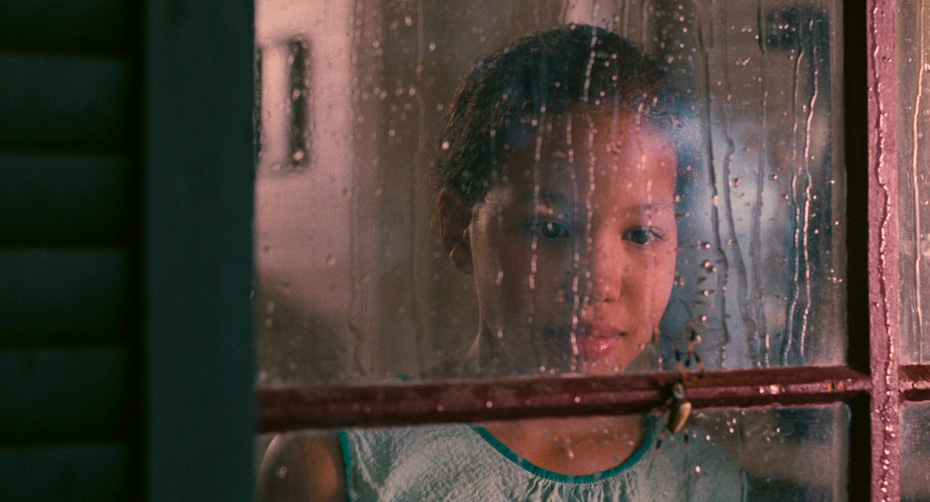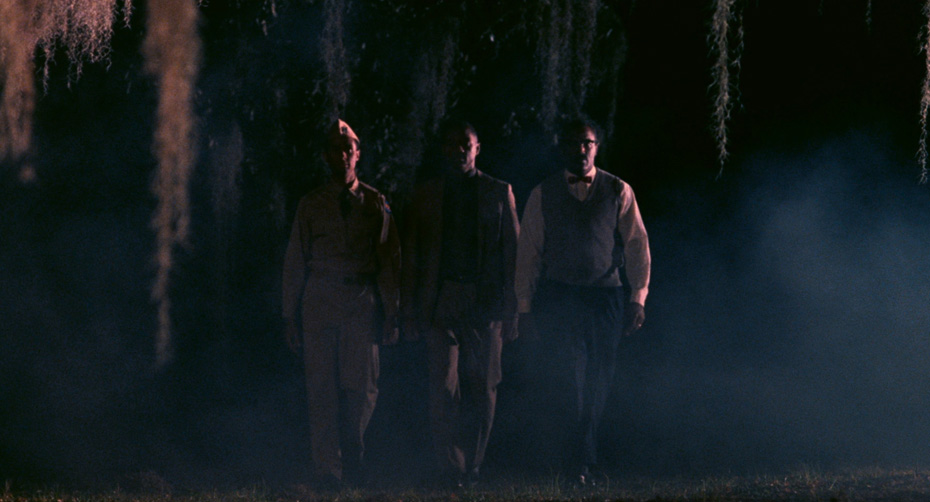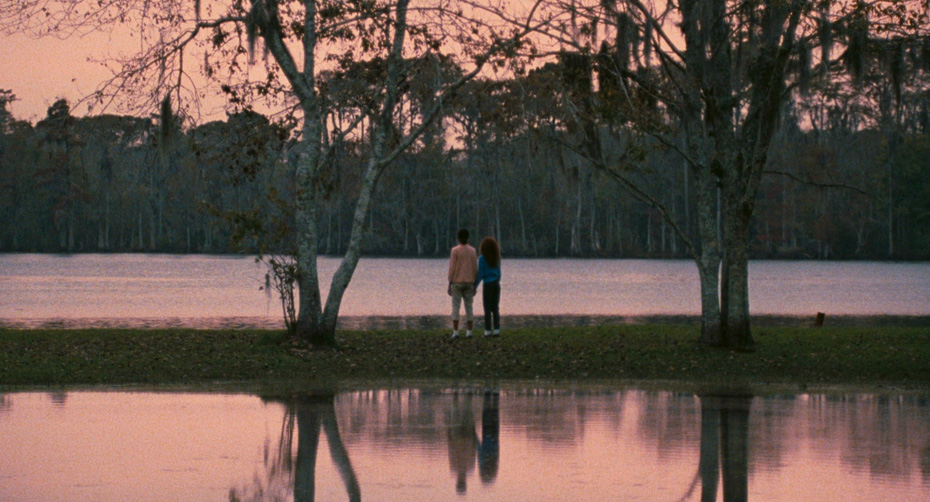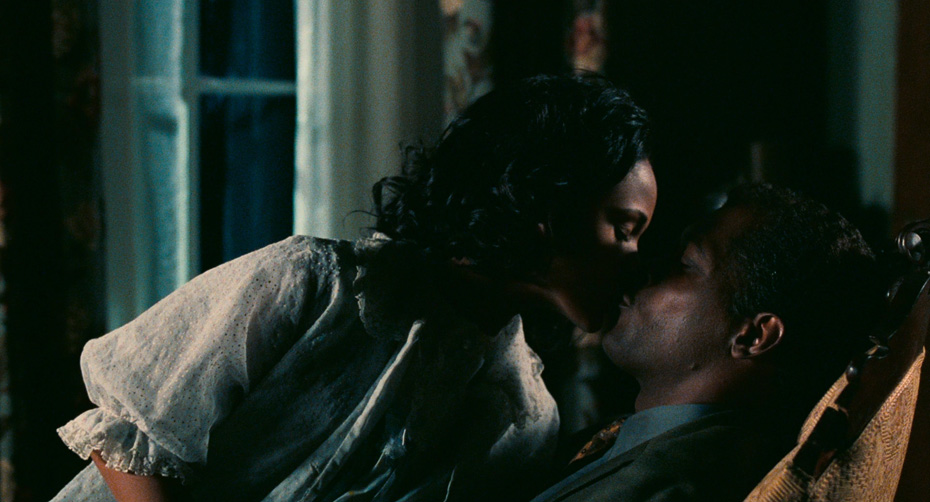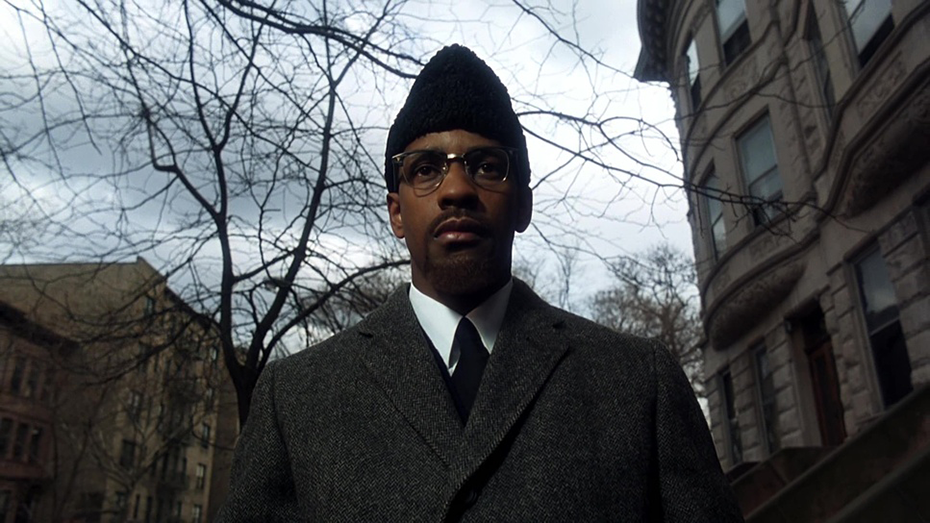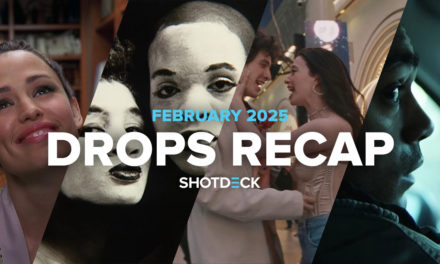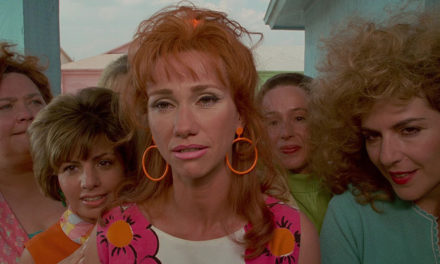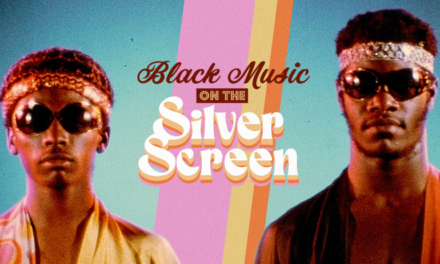02.14.23
THE RISE OF THE BLACK NEW WAVE
In the 1970s, the Blaxploitation Era gave American independent cinema a generation of Black films and filmmakers larger and more influential than had ever been seen before. Over 200 Blaxploitation films were made in under a decade, and though it was a short-lived period, it had a profound influence on American and global culture. The Blaxploitation movies were a lightning rod for a new generation of Black filmmakers who took the aesthetic and philosophical foundations of the movement and built upon it to tell the stories of their own generation. Their films reached new audiences, told bold new stories, and reshaped the look of American movies forever. This was the Black New Wave.
The Black New Wave is an informal name given to the generation of films made by Black filmmakers through the late 1980s and 1990s. Many consider the 1986 film SHE’S GOTTA HAVE IT, written, produced, edited and directed by Spike Lee, as the kicking off point for this period. The film premiered in the Director’s Fortnight section of the Cannes Film Festival, and grossed over $7 million from its $175,000 budget. Added to the US National Film Registry by the Library of Congress in 2019, the film showed Black romance and sexuality in a light not seen before, and catalyzed Brooklyn’s Fort Greene neighborhood as a vibrant, cosmopolitan community for Black Americans. By the time Lee followed up with 1988’s SCHOOL DAZE and his 1989 masterpiece DO THE RIGHT THING, the Black New Wave was well and truly underway. And with the 1991 release of BOYZ N THE HOOD, written and directed by John Singleton, the movement had spread across America. Boyz n the Hood was the first debut feature for a Black filmmaker backed by a major studio (Columbia Pictures), and had its premiere in the Un Certain Regard section of the Cannes Film Festival, before grossing over $57.5 million from its $6.5 million budget and earning Academy Award nominations for Best Original Screenplay and Best Director (Singleton was both the youngest person and the first Black person nominated for the award).
The explosion of Black filmmakers making movies that grabbed the attention of audiences across America and the world sparked excitement for audiences, filmmakers and studios alike. The same year as Boyz n the Hood was released, NEW JACK CITY, directed by Mario Van Peebles (son of Melvin, whose directorial effort SWEET SWEETBACK’S BAADASSSSS SONG sparked the Blaxploitation movement), grossed over $47 million from its $8 million budget, and over 19 films directed by Black filmmakers were theatrically released in America (almost as many as in the previous decade). Inevitably, people began to speculate whether the Black New Wave would accomplish what the Blaxploitation movement was not able to – could it lead to sustained opportunities for Black filmmakers?
In July 1991, New York Times Magazine published an article titled They’ve Gotta Have Us, speculating on whether Hollywood would learn how to market and promote films by Black filmmakers, and whether these filmmakers would be allowed to become a part of Hollywood’s power structure. In it, Spike Lee commented that this period was “a critical time for Black cinema, which, really, is in its infancy. This opportunity brings with it a special responsibility… if one Black filmmaker messes up, the rest of us will be made to feel it.” Despite his warning, Hollywood was confident. Critic Roger Ebert wrote in his essay It’s High Tide for Black New Wave that the Black New Wave had separated itself from Blaxploitation films by considering the Black experience in its own complex terms, without relying on sex and violence as its currency. Charles Lane, director of films such as SIDEWALK STORIES and TRUE IDENTITY, claimed that the industry had turned a corner in race relations, saying that “the Berlin Wall, having been pulled down, will not be re-erected.” What optimists about the Black New Wave failed to include in their analysis of the era was the depth of the embedded racism in the structures of the film business. Lack of financiers and decision makers who were Black cost Black filmmakers when interest in their films started to wane, the same way it happened in the 70s. Black filmmakers had trouble escaping the perception from executives and studios that the success of their work was a fad, rather than a reflection of the underserved tastes of the American and global filmgoing audiences. 18 years after that article, The New York Times interviewed Julie Dash, Matty Rich, Darnell Martin, Ernest Dickerson, Leslie Harris and Theodore Witcher. The filmmakers spoke of broken studio promises, executives who feared filmmakers with outspoken political beliefs, and an industry that decided to reconstitute itself around white directors and white casts by the late 1990s.
What has not faded, however, is the impact and legacy of these filmmakers, both in front of and behind the camera. The Black New Wave has made a lasting impression on American cinema, both in terms of the artists whose work has continued to embed itself in our culture, as well as the aesthetic choices that have changed how movies looked ever since. Beyond the subjects, storytelling and figures at the heart of the movement, the Black New Wave had a profound influence on the aesthetics of cinema. The movement spanned all genres from drama to comedy, action to hard-boiled thriller, romance and horror. And within it all, Black New Wave filmmakers brought bold visual choices to their work, and gave audiences and filmmakers around the world a new vision of what a movie could look like.
Here are some of the ways that the Black New Wave changed how movies look.
GIVING NEW YORK AND LOS ANGELES A FACELIFT
Films by Black filmmakers have a long history of taking audiences into the authentic homes and lives of Black characters. Black New Wave films continued this legacy, but with bigger budgets and more support from major studios than ever before, location photography and production design was able to operate with resources that few Black filmmakers previously had access to. In particular, New York and Los Angeles were portrayed in ways that had rarely been seen before, and that have had a lasting impact on the way these cities and their neighborhoods of color have been depicted in cinema.
She’s Gotta Have It announced Spike Lee as a pre-eminent Black New Wave filmmaker and changed the perception of Brooklyn’s Fort Greene neighborhood as a vibrant community home to affluent Black New Yorkers. When Lee began his collaboration with cinematographer Ernest Dickerson and production designer Wynn Thomas for Do The Right Thing, the portrayal of the Bedford-Stuyvesant neighborhood in Brooklyn was of critical importance. Lee and his collaborators wanted the entire film to take place in a one-block radius in Bed-Stuy between Quincy Street and Lexington Avenue. While the design and photography of the film was designed to capture the oppressive heat and racial tensions under the surface of the single day in which the story took place, it was also important that the neighborhood be shown for the eclectic, vibrant community that it was, removed from stereotypes associated with it by the rest of the country. Lee and Thomas designed the location to reflect those aims, and to locate the film inside a theatrical, almost Shakespearean world. Thomas saw the characters sitting in front of the wall taking on the role of a Greek chorus, and he convinced Lee to push the design of the film towards its theatrical extremities as a way of conveying this tone to the audience. He painted vast sections of the street red and orange to convey its sense of heat, and Dickerson pushed this look even further by building a rig with heat bars positioned under the camera. This created a veil of heat waves in front of the lens that distorted the image, making scenes look even hotter on the screen.
Bed-Stuy has been synonymous with Do The Right Thing’s bold, hot, red-and-orange filled production design and cinematography ever since. The techniques employed by Thomas and Dickerson have been referenced in films set in Brooklyn ever since, be they social realist dramas such as REQUIEM FOR A DREAM (2000) and PARIAH (2011), or sci-fi adventure films such as SEE YOU YESTERDAY (2019).
After their 1993 film MENACE II SOCIETY became a major international success, brothers Allen and Albert Hughes wanted to continue pushing the boundaries with their 1995 crime drama DEAD PRESIDENTS. The film is based partly on a true story and follows soldier Anthony Curties (Larenz Tate), who returns to his hometown of the Bronx after a tour of duty in Vietnam and teams up with Skip (Chris Tucker) and Kirby (Keith David) to rob a bank. The Hughes brothers teamed up with American cinematographer Lisa Rinzler, who shot Menace II Society, to bring a sense of social realism alongside a heightened emotional drama to their portrayal of the Bronx. The Hughes brothers and Rinzler looked to Blaxploitation films such as SUPERFLY, THE MACK, and SHAFT for inspiration, wanting to portray a Bronx that had alienated its central characters. Rinzler shot Dead Presidents with an organic moving camera that kept its discipline by staying handheld or on dollies as much as possible, and relying on steadicam only when the story called for it. Her lighting design was much more emotionally expressive, creating a noirish, dark Bronx whose exteriors were lit almost entirely by directional bounce lights that were flagged to only light specific areas of the frame. Interior frames were lit with gelled tungsten lamps in keeping with the characters’ emotional journey, such as Skip’s death scene, which were lit by garish green gelled bulbs to convey the toxic nature of his drug overdose to the audience.
This treatment of the Bronx has been a major influence on films set there ever since, inspiring the look of social realist films such as GUN HILL ROAD (2011), but also of genre films with a social realist bent set in other locations, such as WIDOWS (2018), whose lighting designs and disciplined camera work bears strong resemblance to Dead Presidents.
If Do The Right Thing was the film that lit the Black New Wave’s fuse in New York, then Boyz n the Hood, written and directed by John Singleton, had the same effect on Los Angeles. Singleton worked on the 1991 film with cinematographer Charles Mills and production designer Bruce Bellamy. Together, the three collaborators wanted to bring audiences inside South Central Los Angeles, a neighborhood rarely seen in American cinema. While it was important for all three to convey the social reality of the world these characters occupied, they also wanted the location photography and production design to reflect their strong sense of family and community. Bellamy incorporated the film’s politics into the design of the world, with bullet-ridden posters of Reagan and Bush’s re-election posters included in the backdrop of the film. At the same time, he and Mills worked together to create a sense of community and joy in the world of the film. Bellamy’s design incorporated bright primary colors in both the treatment of locations as well as the costuming (helmed by Sharlene Williams and Darryle Johnson), while Mills framed compositions that contained multiple characters for the majority of the film, using zoom lenses as a technique by which to break the visual pattern of the film and emphasize moments of high drama.
Boyz n the Hood’s use of natural light and going into real locations to film communities of Los Angeles not usually seen in movies has been a major influence on films set in similar communities ever since. The 2001 thriller TRAINING DAY went to great lengths to film with natural light in communities of LA rarely seen before, while comedies such as 2015’s DOPE, written and directed by Rick Famuyima and lensed by Rachel Morrison, relied on the fashion and colors of 90s films like Boyz n the Hood and the 1995 film FRIDAY to create pop frames within a naturalistic environment lit by sunlight and extended by daylight bulbs and HMIs.
DEVIL IN A BLUE DRESS (1995), written and directed by Carl Franklin and based on the novel of the same name by Walter Mosley, broke the mold of Black New Wave films by redefining 1940s Los Angeles from the perspective of Black people, and also by redefining the possibilities of the film noir genre. Lensed by Tak Fujimoto, Devil in a Blue Dress stood out from the flurry of neo-noirs being made in the 90s to examine the ways in which the genre could both expose issues of race, while also rebuking its predecessors for its overwhelming whiteness, and ignorance of the racial issues plaguing postwar America. Franklin and Fujimoto wanted the visual language of the film to contain the same themes and critiques. While the pair embraced the slick camerawork, period design and strong sense of atmosphere of the noir genre, they eschewed the high-contrast, smoke-filled compositions influenced by German Expressionist cinema that had come to define the noir films of the 40s and 50s, which were being mimicked by their neo-noir contemporaries. Instead, the pair opted for a social realist look and feel in keeping with the critiques at the heart of the story. Fujimoto used a combination of sodium vapor gels and sepia lens filters to warm up compositions and create rich, colorful frames that gave a well-known genre and city a totally different feel.
The blending of social realism and period-faithful design and cinematography has become increasingly relied-upon for the neo-noir films since Devil in a Blue Dress. The 2021 film co-written and directed by Shaka King, JUDAS AND THE BLACK MESSIAH, was also a film that relied on noir tropes mixed with social realist cinematography and design to redefine the genre, as was the 2019 film co-written and directed by Julius Onah, LUCE. While neither film was set in Los Angeles, they also took their locations and sought to redefine their perception through the treatment of the film, and the relationship of the characters to their surroundings.
RE-IMAGINING MAGICAL REALISM
By the 1990s, magical realism was a well-realized literary genre that had begun to make its way into movies. It relied on adding magical and fantastical elements to a realistic world in order to re-imagine the possibilities of society and critique presumptions about the way things are. And while films around the world, particularly in Latin America, had begun to explore the genre, the Black New Wave helped redefine the genre’s visual possibilities when stories were filtered through a Black lens. In particular, the use of color and recurring visual motifs helped create a visual language unique to Black cinema of the time.
DAUGHTERS OF THE DUST is a 1991 film written, produced and directed by Julie Dash, and is the first feature film directed by a Black woman to be theatrically distributed in the US. Set in 1902, it tells the story of three generations of Gullah women on Saint Helena Island as they prepare to migrate off the island and out of the Southern United States into the North. The film premiered at the Sundance Film Festival, and in 2004, was added to the US National Film Registry by the Library of Congress. Dash worked on the film with American artist and cinematographer Arthur Jafa. Dash and Jafa wanted the cinematography and editing of Daughters of the Dust to be embedded in its use of magical realism, creating an elliptical approach to Black memory and building dreamy images that allow a painstakingly recreated historical drama to feel timeless in any era. Despite the film’s slow pace and peaceful exterior, its story is an ideological battleground for disputes between generations, and this is conveyed in the color story of the film. The almost monochromatic treatment of the seaside location, with the white Gibson dresses (dipped in dye to bring the intensity of the white down) of the women against its light sand and pale sea, was contrasted against the use of indigo. Indigo was not only a cash crop in the colonies, but the planting and harvesting of indigo was a crucial technology brought over from West Africa that has both economic and mystical significance to the Gullah people. Dash, Jafa and Production Designer Kerry James Marshall created a rare blend of realism and mysticism within the same frame, using monochrome and color contrast alongside the film’s patient, disciplined cinematography to push Daughters of the Dust into a territory that few films from Black filmmakers had previously gone.
Daughters of the Dust was explicitly quoted in the 2016 film and visual album LEMONADE by Beyoncé, prompting a revival and reconsideration of the film as an essential entry in the Black New Wave. The techniques it employed to create moments of mysticism and magical realism can be felt today in films such as ALL DIRT ROADS TASTE OF SALT (2023), written and directed by Raven Jackson, as well as ATLANTICS (2019), written and directed by Mati Diop.
Hailed by critic Roger Ebert as the best film of 1997 and selected for preservation in the US National Film Registry by the Library of Congress in 2018, EVE’S BAYOU, written and directed by Kasi Lemmons, is a Gothic drama that follows Eve Batiste (Jurnee Smollett) over the course of a summer in 1960s Louisiana, as she discovers the dark truth beneath the facade of her family’s affluent existence. Samuel L. Jackson, Debbi Morgan and Lynn Whitfield also star. Eve’s Bayou premiered at the Toronto International Film Festival and grossed over $14 million from its $4 million budget, making it the most financially successful independent film of the year. Lemmons worked on the film with American cinematographer Amy Vincent. The pair created a unique visual language that contrasted the deep, rich blues and greens of the Louisiana landscape with high-contrast black-and-white photography that, paired with the voiceover narration by an unseen, older Eve, created an idiosyncratic relationship between past and present. Combined with the ever-present symbols of Black Southern mythology, the pair were able to create a rich visual language that pushed a story that otherwise looked like a family drama-thriller into far more mystical, wide-reaching territory.
The influence of the visual style of Eve’s Bayou can be felt in a long line of movies since the Black New Wave. Films like MOONLIGHT (2016), written and directed by Barry Jenkins, similarly embraced lush landscapes and contrasted it against surrealist lighting designs and unconventional camera techniques to push its story out of the coming-of-age drama box into more mythical and mystical territory.
THE DOUBLE DOLLY
The double dolly shot was not invented by Spike Lee and his collaborators, but after experimenting with it in MO’ BETTER BLUES, it became an indelible signature of the filmmaker’s work, and one of the most idiosyncratic and influential camera techniques to come out of the Black New Wave. By placing an actor on the same dolly as the camera, the double dolly shot creates a surrealist break from the language of the film, placing the subject in close-up in the foreground and floating them through the location. The technique became a tool of emphasis in Lee’s films, underscoring important thematic points and breaking the fourth wall with the audience. A self-conscious nod to the relationship between a film and its audience, the double dolly has redefined the possibilities of one of cinema’s oldest tools, and influenced moving close-up shots ever since.
In Mo’ Better Blues (1990), the double dolly is used when Giant (Lee) is walking towards an angry bookie he is indebted to. The double dolly is employed after Giant sees the bookie, symbolizing the impending horror that he may face. When Giant sees him, he turns and floats away. Mo’ Better Blues was the first time Lee and cinematographer Ernest Dickerson experimented with the technique, and Lee’s character moves his shoulders, mimicking walking as he floats through the street. It’s an element of the technique that would be largely eschewed in Lee’s films to come. Perhaps the most effective use of the double dolly is in Lee’s 1992 masterpiece MALCOLM X, widely considered one of the most important biopics ever made. Set towards the end of the film against the Sam Cooke song A Change is Gonna Come, the double dolly frames Malcolm in a heroic low-angle shot as he floats through the street towards his final public speaking appearance, a haunted acknowledgement of his impending murder.
Though the double dolly is widely considered a cinematographic idiosyncrasy of Lee’s films, it has had a major visual influence on the use of dolly shots and how they can frame characters. Escalator shots that hold characters in the foreground have become quotations of the double dolly, implemented to great effect in films such as FALLEN ANGELS (dir. Wong Kar-wai, 1995), TREE OF LIFE (dir. Terrence Malick, 2011) and COLLATERAL (dir. Michael Mann, 2004). The technique was directly quoted in DIVINES (dir. Houda Benyamina, 2016), in a surrealist daydream sequence when the two central characters imagine the possibilities of their lives and drive around their neighborhood in a pretend Ferrari.
STYLE WAS SUBSTANCE FOR THE BLACK NEW WAVE
It is easy to focus only on the political ramifications of the Black New Wave – how filmmakers of the era brought audiences inside communities they had never seen before, how their ideology prompted a new consideration of the Black experience in America and around the world, how opportunities for filmmakers of color were ultimately curtailed by a racist Hollywood system. But it is also important to remember that style was substance for Black New Wave artists, and many films of this time were just as visually groundbreaking as they were in their politics and storytelling. In pushing the boundaries of their filmmaking, these artists pushed the boundaries of film expression, and forever changed the way movies would be watched and made.

